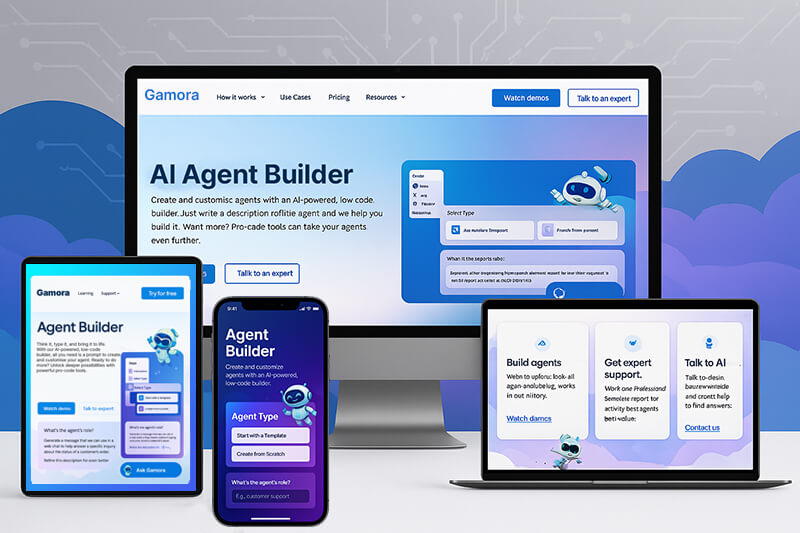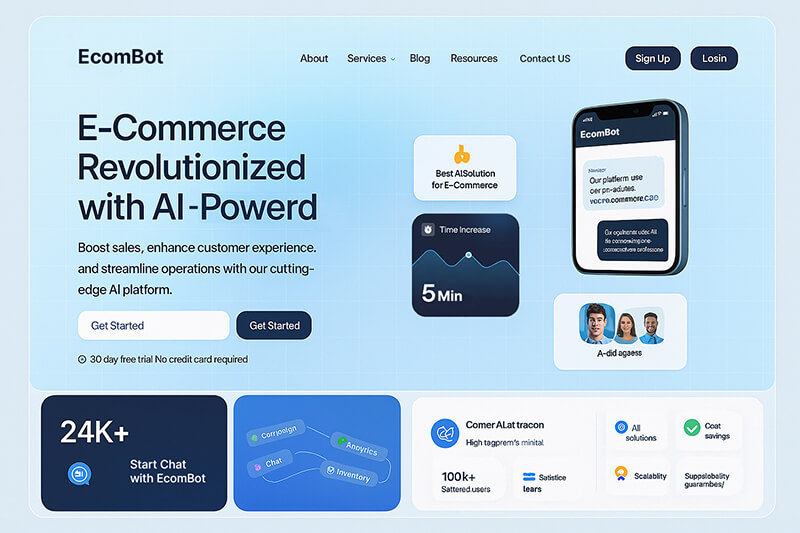Computer vision software development is a multifaceted process that integrates artificial intelligence (AI), deep learning, and machine learning to create systems capable of interpreting visual data such as images and videos. The development process typically includes:
- Data Preparation: Large datasets are collected, labeled, and pre-processed to train models effectively.
- Model Training: Machine learning algorithms are applied to recognize patterns and features in the visual data.
- Model Optimization: Techniques like hyperparameter tuning and model compression are used to enhance accuracy and efficiency.
- Deployment: The trained model is integrated into applications or systems, enabling real-time or batch processing of visual data.
- Continuous Learning: Models are updated and retrained with new data to adapt to changing requirements and improve performance over time.
Difference from Traditional Image Processing:
Traditional image processing relies on predefined rules and algorithms to manipulate visual data. For example, tasks like sharpening an image or detecting edges are accomplished through static formulas. These methods are effective for basic tasks but lack adaptability and cannot handle complex scenarios.
In contrast, computer vision uses AI-driven models that learn from data rather than relying on fixed rules. This means computer vision systems can:
- Recognize objects, faces, or scenes in varying conditions (e.g., lighting, angles).
- Analyze videos to detect patterns or anomalies in real-time.
- Improve their performance over time through machine learning, becoming more accurate as they process more data.


























































